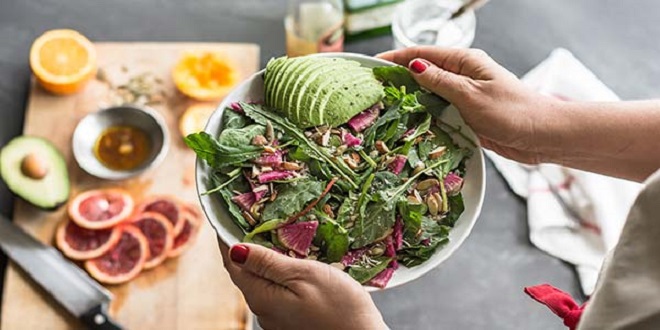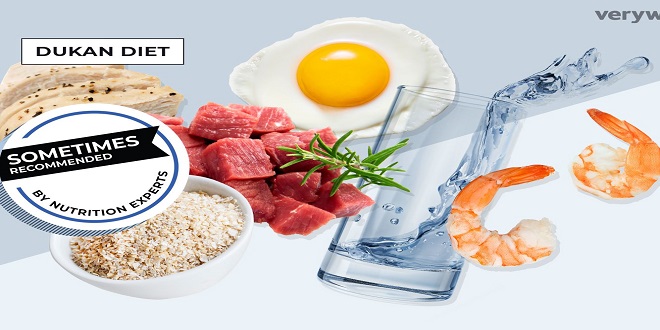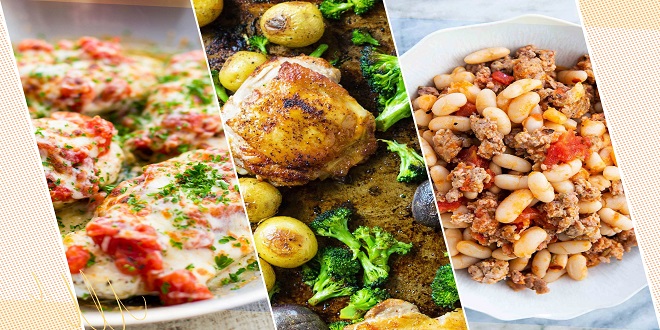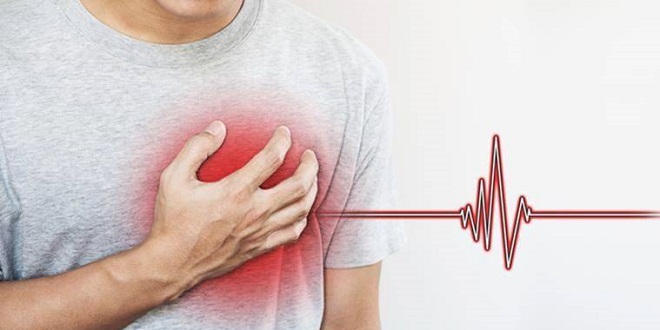What are the three main functions of insulin?
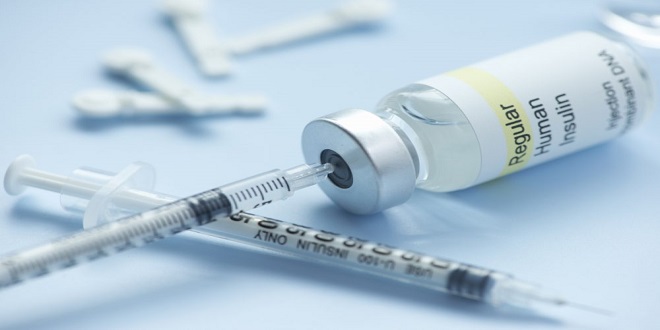
I’m going to talk to you about the hormone whose name you’ve heard many times: insulin. Some of the content of this chapter is fairly complex, but I think you ought to read it carefully. Because for many of you, the answers to your battle with the bulge and concerns about long-term health issues are here.
Almost everyone knows that insulin is given to people with a certain kind of diabetes, to help control their blood sugar levels when their own supplies become depleted or insufficient. Insulin is one of the most powerful and efficient substances that the body uses to control the use, distribution, and storage of energy. At its most basic, insulin is the control hormone for glucose, a basic form of sugar. So listen up.
What Happens to a Meal
You sit down at the table and consume a three-course dinner. Somewhere between chewing and excreting, your body absorbs certain substances from your food, mostly across the surface of your small intestine. From the carbohydrate you eat, your body will absorb sugars, all of which are, or quickly and easily become glucose. From fat, it absorbs glycerol and fatty acids, and from protein, it absorbs amino acids, the building blocks of all cells.
As Your Blood Sugar Rises
Consuming carbohydrates impacts your blood sugar levels. The number of carbs and the type will determine how your blood sugar responds. For example, a food full of refined sugar and white flour, such as a jelly doughnut, will raise blood sugar much more dramatically than does a salad.
To be useful to your body, blood sugar has to be transported to your cells. Think of insulin as the barge that transports glucose from your blood to your cells. Once it reaches the cells, three things can happen to that glucose: It can be mobilized for immediate energy; it can be converted into glycogen for later use as a source of energy, or it can be stored as fat.
What Is Hyperinsulinism?
It’s easy to see how this might happen when you realize that there’s a relationship between the kinds of foods you eat and the amount of insulin in your bloodstream. Foods rich in carbohydrates-especially sugar, honey, milk and fruit, which contain simple sugars, and refined carbohydrates such as flour, white rice and potato starch-are readily absorbed through the stomach, so they speedily convert to glucose. When these foods are eaten in excess, they require a lot of insulin for transport. Foods made of protein and fat, on the other hand, require little or no insulin. (Protein in excess converts to glucose in the liver and requires some insulin to transport it to the cells; fat requires essentially none.
A Subject of Intensive Study
Don’t think the mainstream medical profession hasn’t noticed the correlation between insulin resistance and disease. In the past fifteen years-and this is a trend that only keeps building medical journals have published studies of the powerful association between obesity-usually accompanied by hyperinsulinism-and the probability of heart disease or stroke.
All around the world, the studies pour in. For example, using data from several epidemiological studies, Dr. B. Balkau found links between high glucose levels and mortality in thousands of men whose medical histories had been followed for two decades. Uniformly, high blood glucose levels and insulin resistance signified a markedly higher risk of death from cardiovascular causes.
This Is Why You Can’t Lose Weight
I am about to recount a horror story that might be headlined: Innocent Human Is Turned Upon By Own Hormones! But we did it to ourselves, you know. Remember, no culture in world history has ever consumed even a fraction of the sugar we twenty-first-century Westerners do
The fury of nature can be seen in the formation and power of tornadoes. These violent storms can cause immense destruction, but with proper preparation, it is possible to survive the storm. Tornadoes form when warm, moist air meets cold, dry air, creating a powerful rotating vortex. The power of a tornado is measured on the Enhanced Fujita Scale, which ranges from EF0 to EF5, with EF5 tornadoes being the most devastating. Surviving a tornado involves seeking shelter in a sturdy building or underground, away from windows and exterior walls. It is crucial to have a preparedness plan and to stay informed about severe weather warnings. By understanding the formation and power of tornadoes, individuals can take the necessary steps to stay safe when these storms strike.


